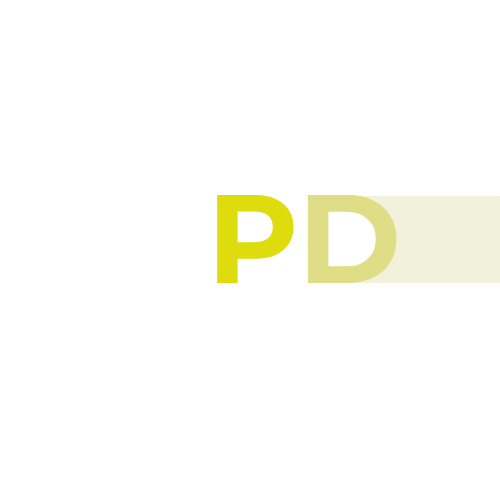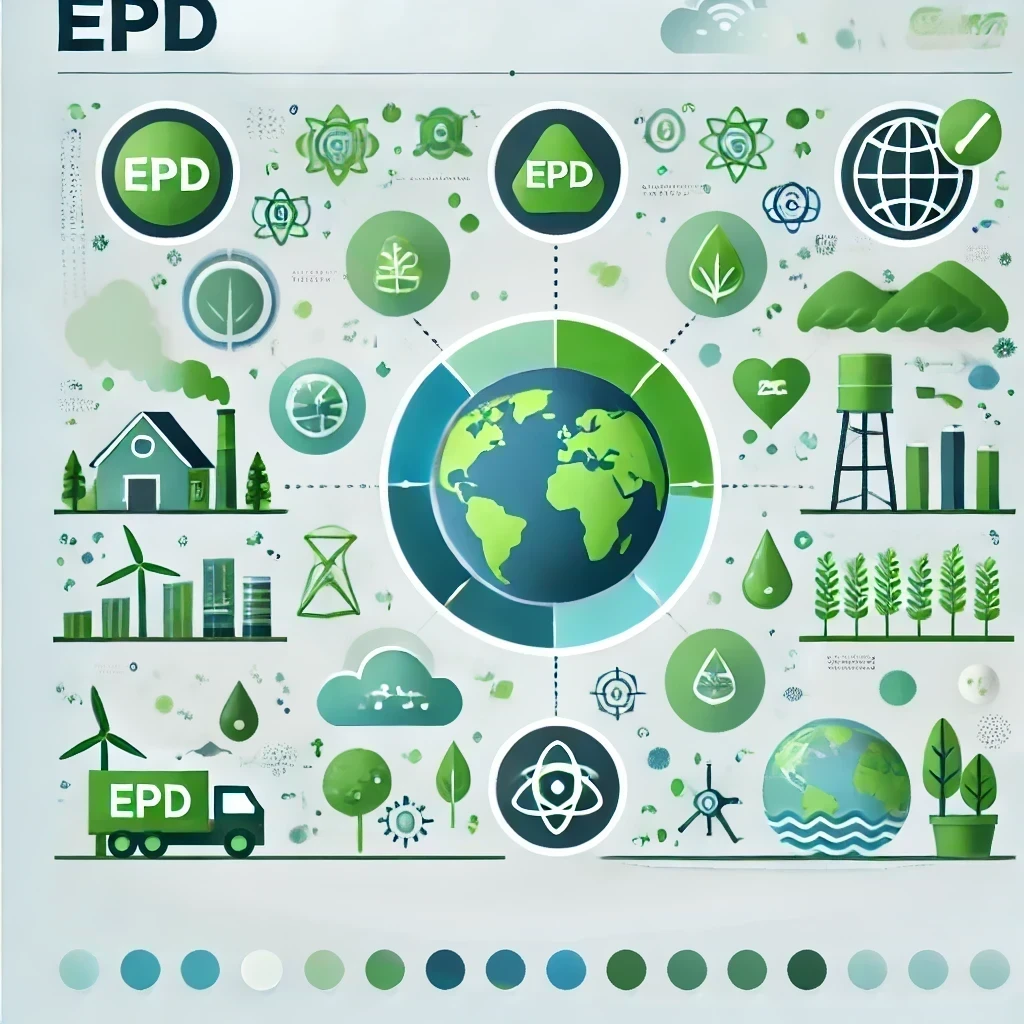Environmental Impact Categories Assessed in EPD (Environmental Product Declaration) Documents
EPD documents analyze various environmental impact categories to assess a product’s environmental performance throughout its life cycle. These categories help measure and compare the environmental impacts of products.
Main Environmental Impact Categories in EPD Documents
Global Warming Potential (GWP)
- Description: The impact of greenhouse gases emitted throughout the product’s life cycle on global warming.
- Measurement Unit: Kg CO₂ equivalent.
- Covered Gases:
- Carbon dioxide (CO₂)
- Methane (CH₄)
- Nitrous oxides (N₂O)
- Importance: Helps assess a product’s contribution to climate change by measuring its carbon footprint.
Ozone Depletion Potential (ODP)
- Description: The impact of substances harmful to the ozone layer (e.g., CFCs).
- Measurement Unit: Kg CFC-11 equivalent.
- Importance: A crucial factor in protecting the ozone layer in the atmosphere.
Acidification Potential (AP)
- Description: The potential of emitted gases (e.g., SO₂, NOₓ) to acidify soil and water sources.
- Measurement Unit: Kg SO₂ equivalent.
- Importance: Assesses damage to soil quality and water sources.
Eutrophication Potential (EP)
- Description: The accumulation of nutrients like nitrogen and phosphorus in water and soil, leading to oxygen depletion in ecosystems.
- Measurement Unit: Kg PO₄³⁻ equivalent.
- Importance: Measures water pollution and ecosystem health.
Photochemical Ozone Creation Potential (POCP)
- Description: The impact of gases (e.g., VOCs) that contribute to surface-level ozone (smog) formation.
- Measurement Unit: Kg C₂H₄ (ethylene) equivalent.
- Importance: Evaluates air pollution and health risks.
Resource Consumption and Energy Use Categories
Use of Non-Renewable Energy Resources
- Description: Consumption of fossil fuels such as oil, natural gas, and coal.
- Measurement Unit: MJ or Kg.
Use of Renewable Energy Resources
- Description: Consumption of renewable energy sources such as solar, wind, and hydropower.
- Measurement Unit: MJ.
Water Use
- Description: The total amount of water consumed throughout the product’s life cycle.
- Measurement Unit: m³.
- Importance: Assesses the product’s impact on water scarcity.
Use of Material Resources
- Description: Consumption of metal, mineral, and biotic resources.
- Measurement Unit: Kg.
Waste and Emission Categories
Hazardous and Non-Hazardous Waste Generation
- Waste produced during manufacturing processes and throughout the product’s life cycle.
Emissions
- Gases and chemicals released into the air, water, and soil.
Conclusion
The environmental impact categories assessed in EPD documents provide a comprehensive analysis of a product’s environmental performance. This information is crucial for achieving sustainability goals and reducing environmental impacts.


